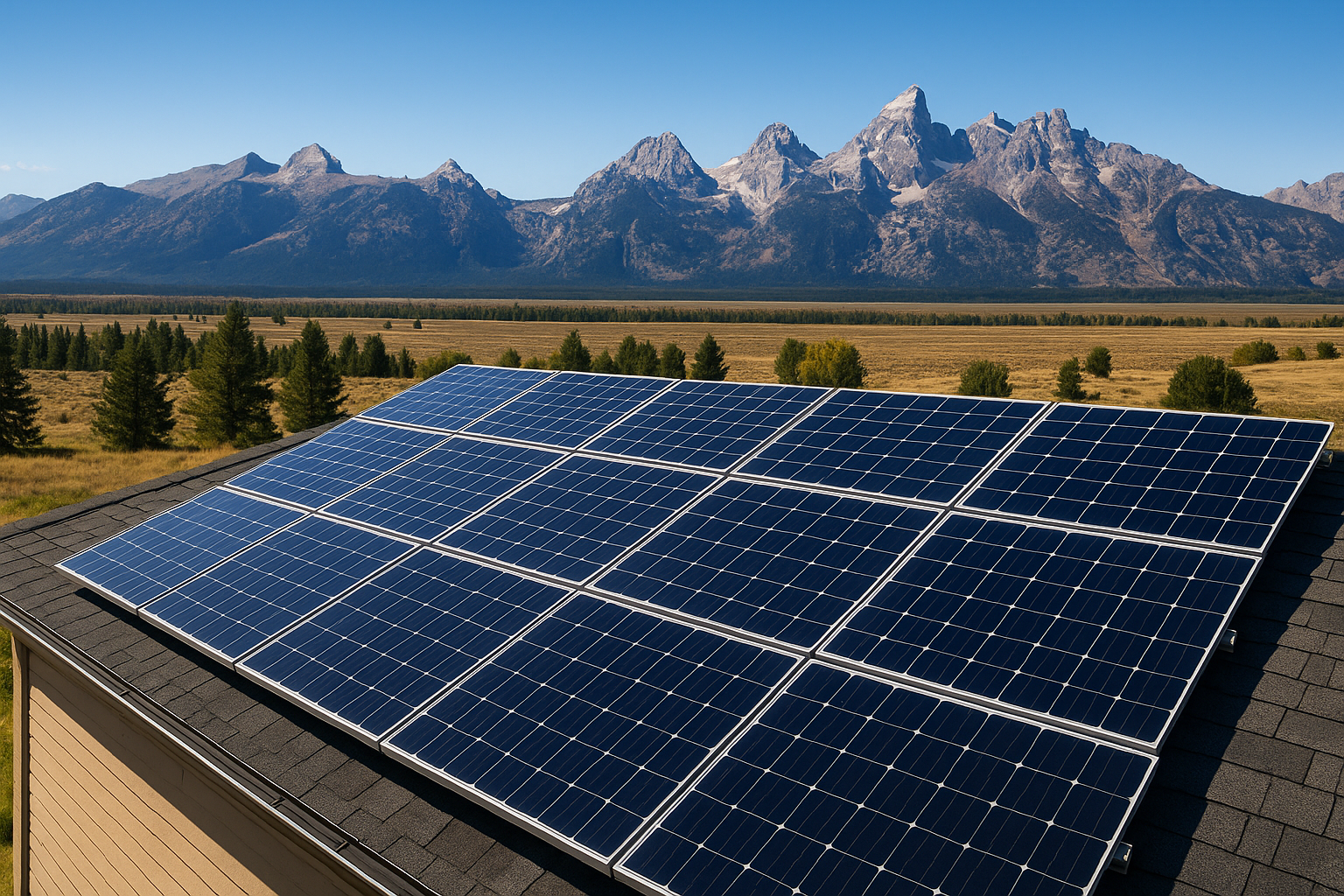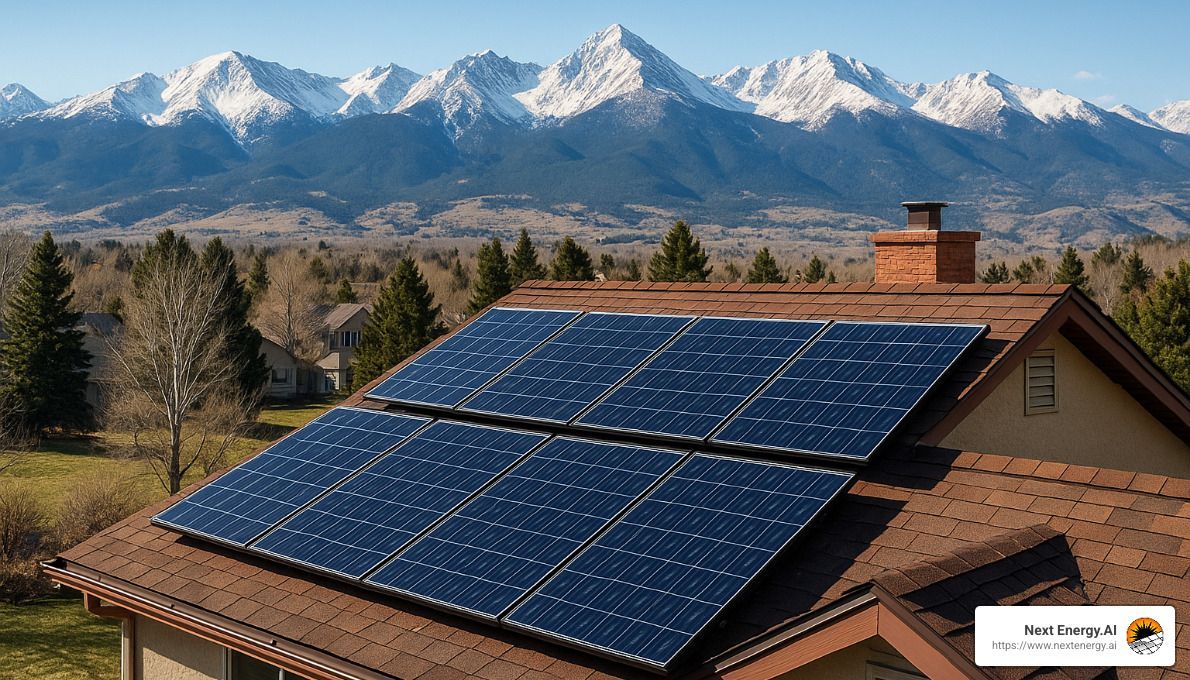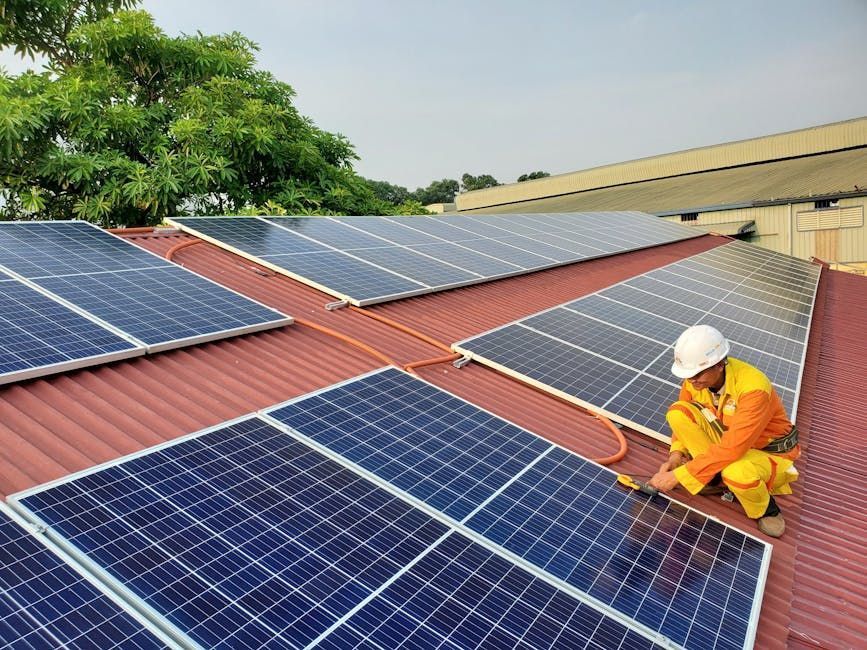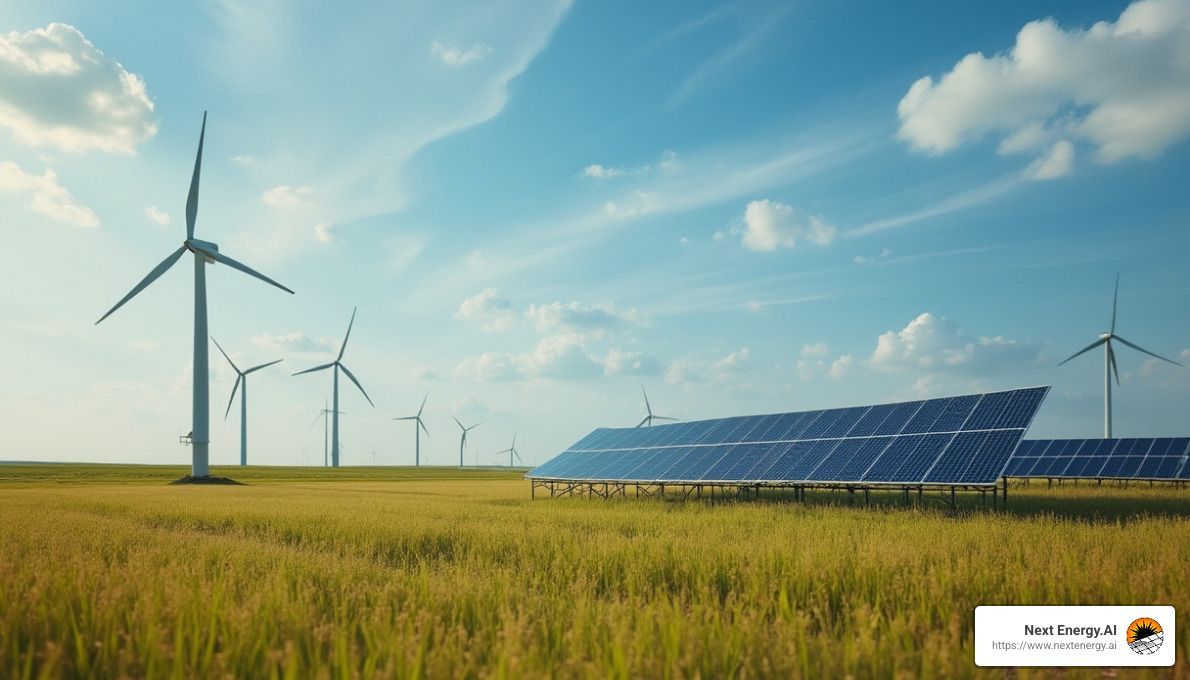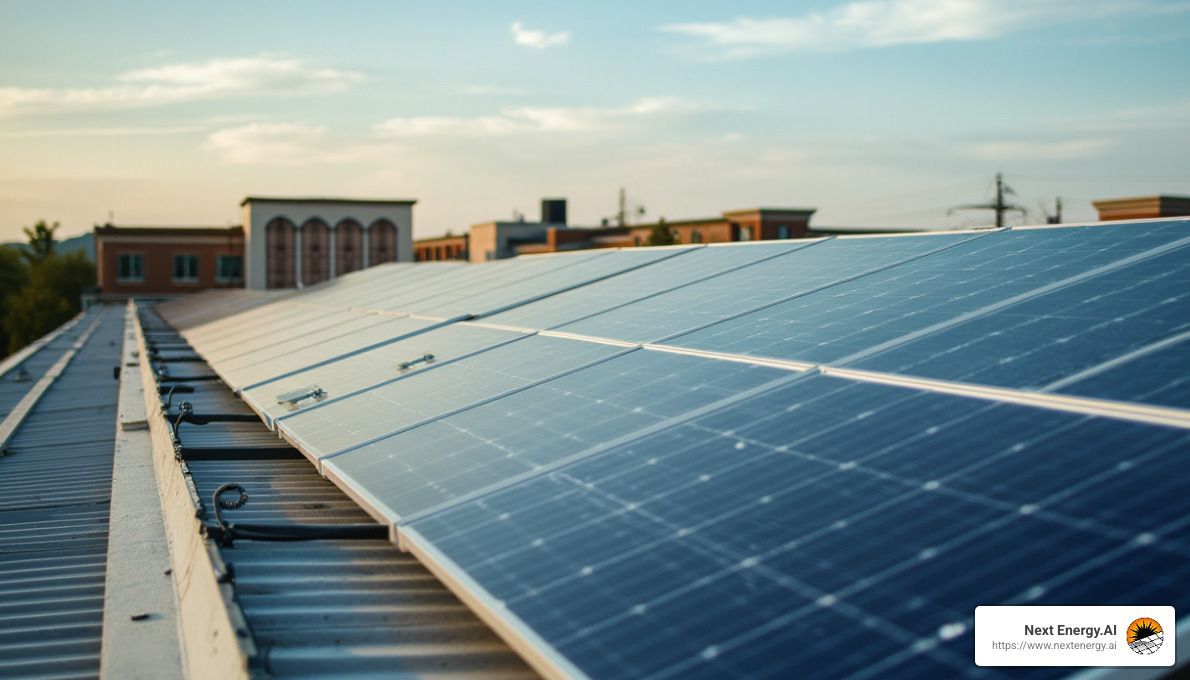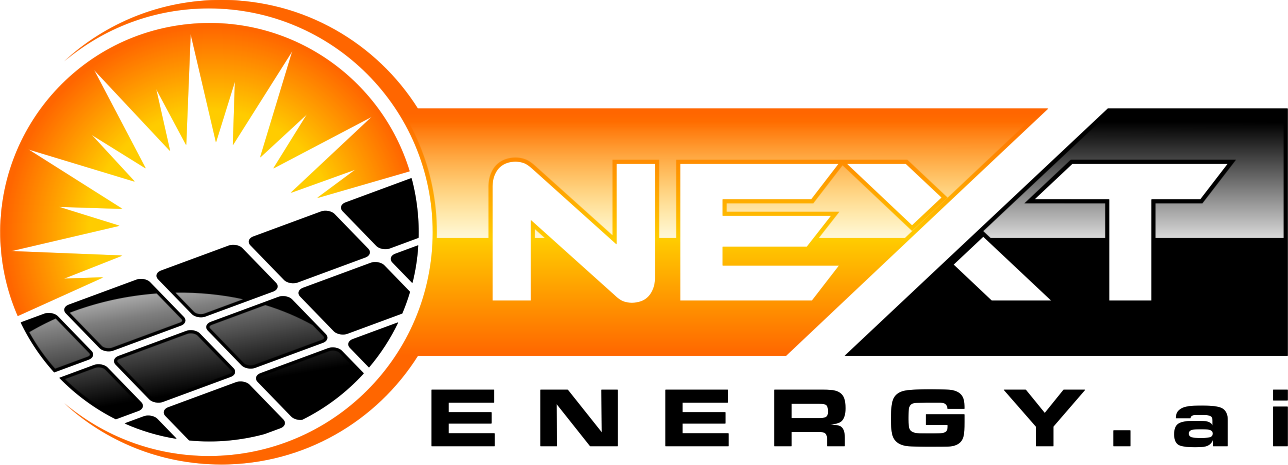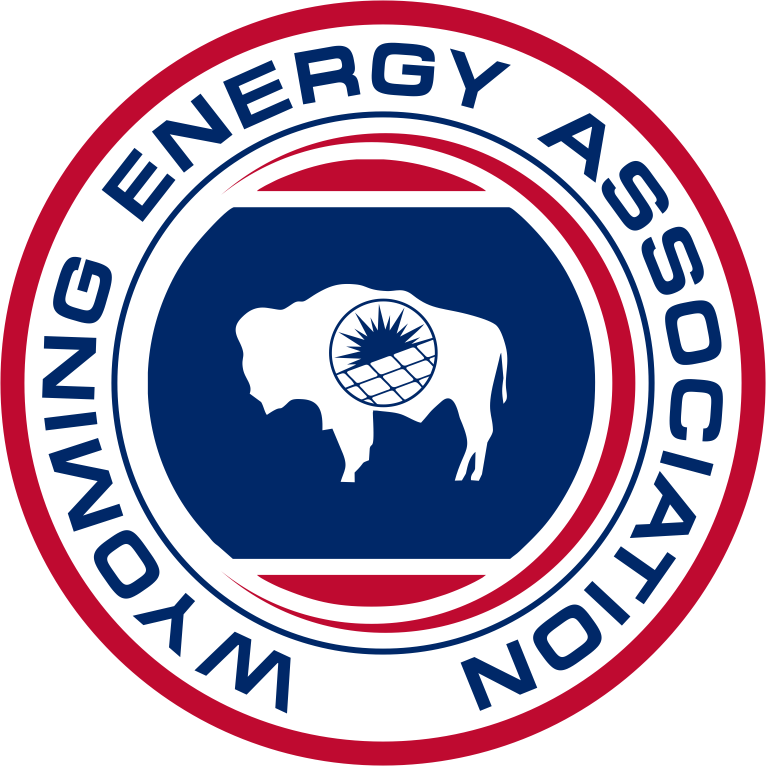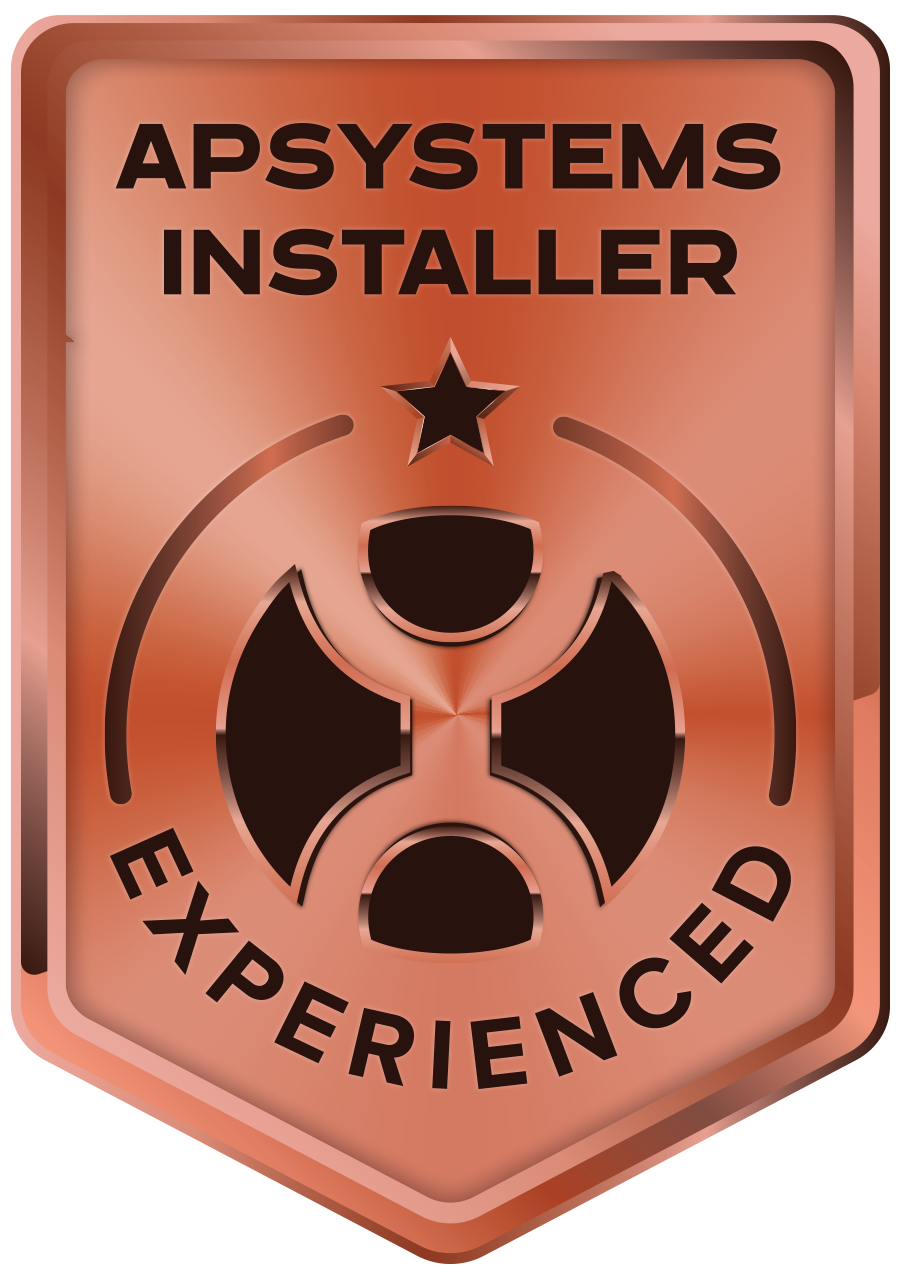United Under the Sun: How Community Solar Works
Community solar energy projects are paving the way for a renewable energy revolution, allowing people to reap the benefits of solar power without needing their own rooftop panels. Here's a quick breakdown of how these projects work:
- Shared Solar: No need for rooftop panels.
- Remote Energy: Generated off-site.
- Bill Credits: Earnings from shared energy.
- Easy Access: For renters and homeowners alike.
Community solar provides an accessible solution for those unable to install their own systems due to rental restrictions or unsuitable roof spaces.
With an intelligent design, these projects allow for wider participation by offering subscriptions for a slice of the energy produced by shared solar installations. This means lower electricity bills and a smaller carbon footprint without any complex setup at home.
Benefits of Community Solar:
- Cost-Efficient: Reduce energy bills without setup costs.
- Environmental Impact: Lower your carbon footprint.
- Easy Subscription: Sign up without installation.
As a passionate advocate for community solar energy projects, I am Spencer Gordon, CEO and President of NextEnergy.ai. With a rich background in sustainable energy solutions and a commitment to community-centric renewable projects, I can attest to the transformative power of community solar.
What is Community Solar?
Community solar energy projects are a breakthrough in renewable energy, offering a way for people to benefit from solar power without needing to install panels on their rooftops.
Shared Solar
In a shared solar model, multiple individuals, businesses, or organizations come together to share the benefits of a single solar project. This setup is perfect for those who can't install solar panels at home, such as renters or those with unsuitable roofs.
Off-Site Arrays
The magic of community solar lies in its off-site arrays. These are large solar installations located away from the subscriber's home or business. The electricity generated from these arrays is fed into the local utility grid, allowing everyone involved to benefit from the shared energy.
Bill Credits
One of the most attractive features of community solar is the bill credits. When you subscribe to a community solar project, you receive credits on your electric bill for your share of the energy produced. This means you can enjoy lower electricity costs without any upfront investment or installation hassle.
Community solar energy projects are changing how we access and use solar power, making it easier than ever to participate in the renewable energy movement. Whether you're a homeowner, a renter, or a business owner, community solar offers a simple and effective way to contribute to a greener future.
How Community Solar Energy Projects Work
Community solar energy projects are revolutionizing the way we generate and use electricity. Here's how they work:
Electricity Generation
At the heart of every community solar project is a solar farm. These farms are filled with solar panels that capture sunlight and convert it into electricity. Unlike individual rooftop panels, these large-scale installations generate significant amounts of power, enough to supply multiple homes and businesses.
Utility Grid Integration
Once the electricity is generated, it doesn't go directly to your home. Instead, it's fed into the local utility grid. This is where the magic of community solar happens. The utility company distributes this clean, renewable energy throughout the community, ensuring everyone benefits from the solar farm's output.
The Subscription Model
Here's how you can get involved:
- Subscribe to a Solar Farm: You sign up for a share of a community solar project. Your share is based on your typical electricity usage.
- Receive Bill Credits: As the solar farm generates electricity, you earn credits on your utility bill. These credits reduce the amount you owe, leading to savings of 5-20% annually on electricity costs.
- Pay for Your Share: You'll pay your community solar provider for the electricity credits, but this amount is generally less than what you'd pay for the same electricity from the utility alone.
This subscription model is perfect for those who want to support renewable energy without installing solar panels on their property. It's a win-win: you get to save money and help the environment at the same time.
Community solar energy projects are a powerful tool for making solar energy accessible to more people. By leveraging off-site solar farms and the existing utility grid, they provide a flexible, cost-effective way to accept renewable energy.
Benefits of Community Solar
Community solar energy projects offer a range of benefits that make them an attractive option for many households and businesses. Let's explore some of these advantages:
Cost Savings
One of the biggest draws of community solar is the potential for cost savings. Participants typically enjoy savings of 5-20% on their annual electricity bills. This is because subscribers receive bill credits for the electricity generated by their share of the solar farm, which offsets their utility costs. This makes community solar a smart choice for those looking to reduce their energy expenses without the upfront costs of installing solar panels.
Resilience
Community solar projects also contribute to greater resilience in the face of power outages and extreme weather events. By diversifying the energy sources within the utility grid, these projects help stabilize the grid and ensure a more reliable supply of electricity. This resilience is especially important as climate change leads to more frequent and severe weather disruptions.
Job Creation
The development and operation of community solar projects create local jobs. From the construction of solar farms to their ongoing maintenance, these projects generate employment opportunities in the community. This not only supports the local economy but also helps build a skilled workforce in the growing renewable energy sector.
Community Wealth
Finally, community solar projects contribute to community wealth. By allowing more people to participate in renewable energy, these projects keep energy dollars within the community. They also provide an opportunity for local investment, enabling residents to directly benefit from the clean energy transition. This shared ownership model fosters a sense of community pride and engagement in sustainable practices.
These benefits make community solar an appealing option for those who want to save money, support local economies, and contribute to a more sustainable future. As more states and communities accept these projects, the impact will only continue to grow.
Consumer Protections in Community Solar
When considering community solar energy projects, understand the consumer protections in place to ensure a safe and beneficial experience for subscribers. Let's explore some key protections:
Bill Credits
One of the primary benefits of community solar is the allocation of bill credits. Subscribers receive credits on their utility bills for the electricity generated by their portion of the solar farm. These credits typically translate into a 5-20% reduction in annual electricity costs. The credits are designed to reflect the value of clean, locally-produced energy, ensuring that subscribers get a fair economic benefit.
No Fees
Joining a community solar project usually involves no upfront fees. Many programs allow subscribers to join without any initial cost, making it an accessible option for a wide range of households. This means you can start saving on your electricity bills without worrying about hidden charges or costly commitments. Additionally, if you decide to cancel your subscription, most programs do not impose penalties, although they may require a notice period of a few months.
Disclosure Documents
Transparency is crucial in community solar projects. Providers are required to offer disclosure documents that clearly outline the benefits and risks. These documents provide detailed information about the project, including location, expected savings, credit score requirements, and cancellation terms. By presenting this information in a standard, comparable manner, subscribers can make informed decisions with a clear understanding of performance and cost.
These consumer protections ensure that participants in community solar projects can enjoy the benefits of renewable energy with confidence and peace of mind. As the community solar market expands, these safeguards will continue to play a vital role in maintaining trust and encouraging broader participation.
Frequently Asked Questions about Community Solar Energy Projects
Are community solar projects worth it?
Absolutely! Community solar energy projects offer significant household savings and other benefits. On average, subscribers can save between 5% and 20% on their annual electricity costs. This is because you receive bill credits for the power generated by your share of the solar farm, which reduces your electric bill.
Beyond cost savings, community solar also promotes local job creation. Solar projects often require local labor for construction and maintenance, providing job opportunities and boosting the local economy. This makes community solar not just a financial win for subscribers, but also a boon for community development.
Who owns community solar projects?
Ownership of community solar projects can vary. Some projects are owned by utilities, while others are developed and managed by third-party companies.
Utilities might own these projects to meet renewable energy goals and provide more options for their customers. On the other hand, third-party developers often lead community solar projects, allowing more flexibility and innovation in how these projects are structured and operated. This variety in ownership helps ensure that community solar can fit different local needs and regulatory environments.
How many community solar projects are there in the US?
Community solar is growing rapidly across the United States. As of now, there are projects in 44 states, with a total capacity of approximately 7.87 gigawatts (GW). This means thousands of households and businesses can tap into solar energy without installing panels on their own properties.
States like New York, Minnesota, and Massachusetts are leaders in community solar capacity. However, many other states are quickly catching up as more legislation is passed to support these projects. The expansion of community solar means more people can enjoy the benefits of clean, renewable energy, contributing to a more sustainable future for everyone.
Conclusion
Community solar is a powerful tool for expanding access to renewable energy, and here at Next Energy.AI, we're excited to be at the forefront of this movement. Our AI-improved solar solutions are designed to make solar energy more accessible and efficient for everyone, especially in Northern Colorado.
By integrating advanced AI technology, we transform traditional solar panels into intelligent energy management systems. This means our customers not only save on energy costs but also enjoy a more responsive and optimized energy experience. Our systems learn from your usage patterns and adjust to provide the best efficiency, giving you control over your energy consumption like never before.
Serving Northern Colorado and Southern Wyoming, we are committed to helping our communities harness the power of the sun. Our Highlands Ranch location is just one of the many places where we offer these cutting-edge solutions.
Together, we can create a brighter, more sustainable future. Join us in embracing the benefits of community solar and AI-improved technology. Let's unite under the sun and make a positive impact on our environment and economy.



